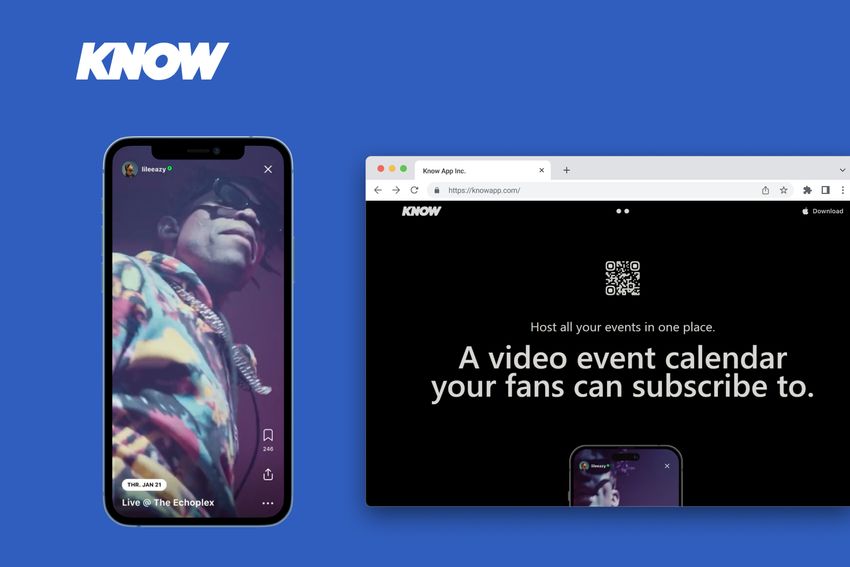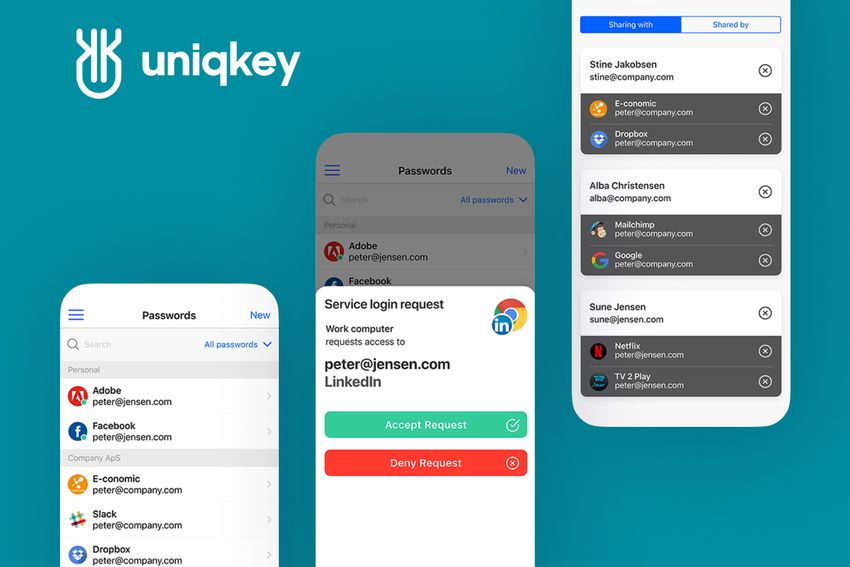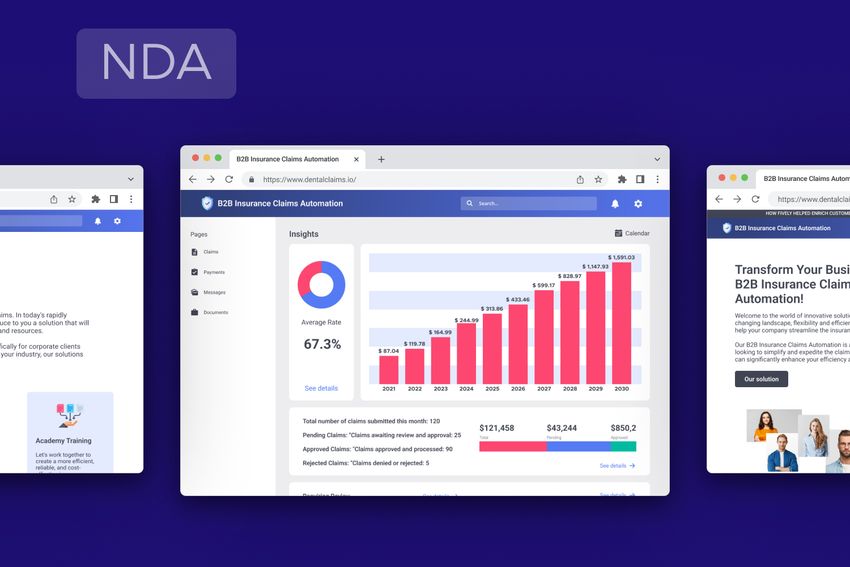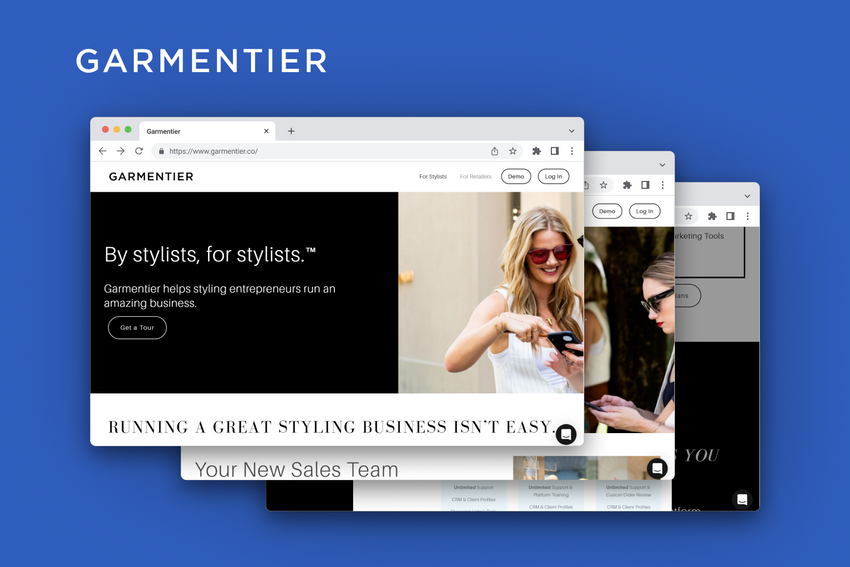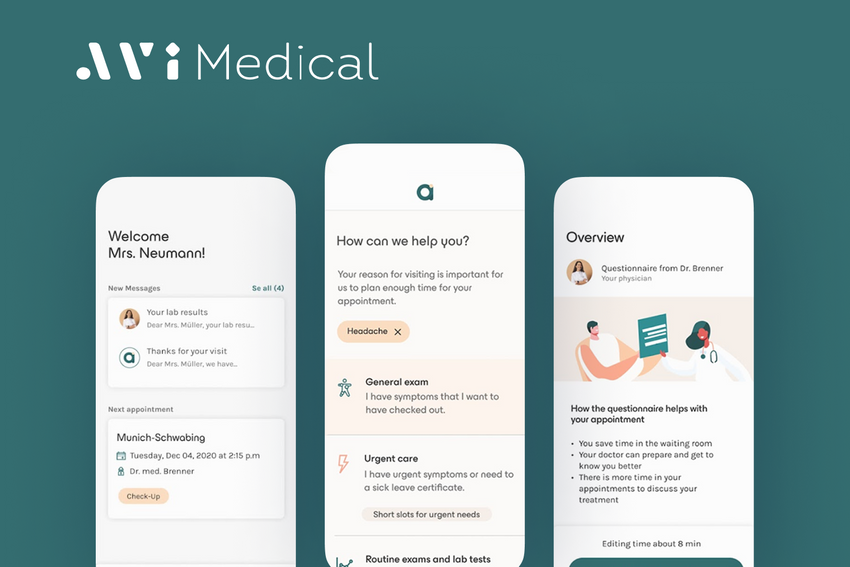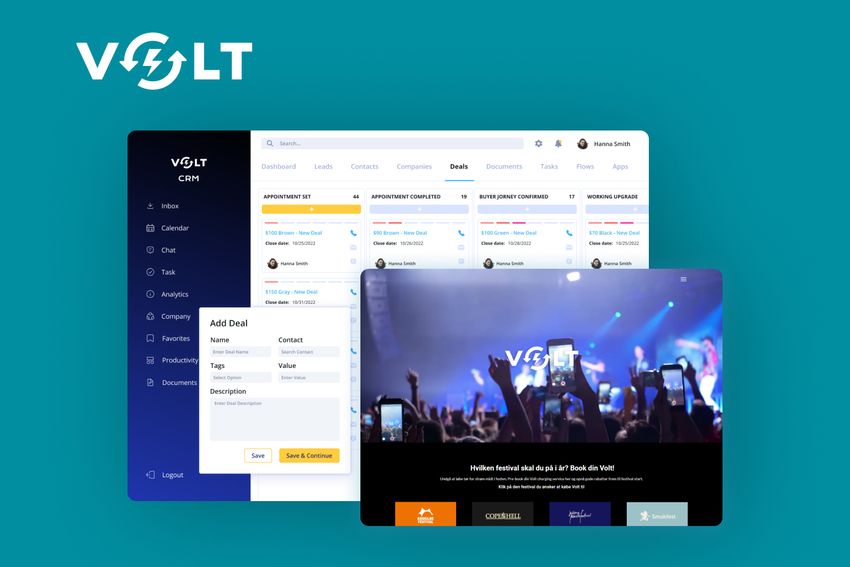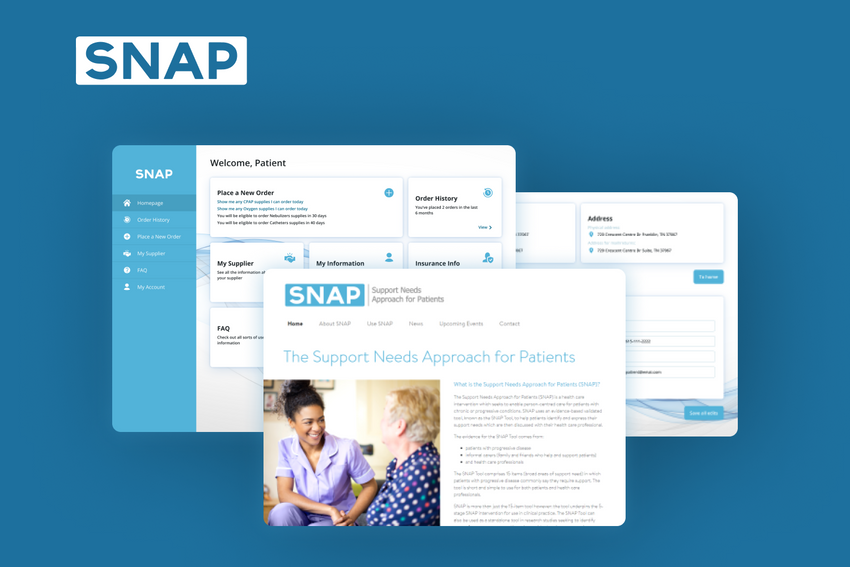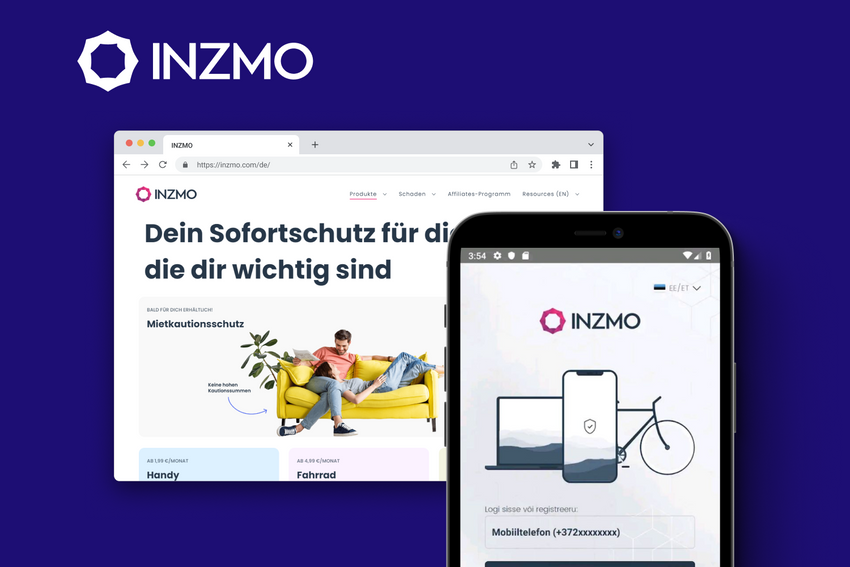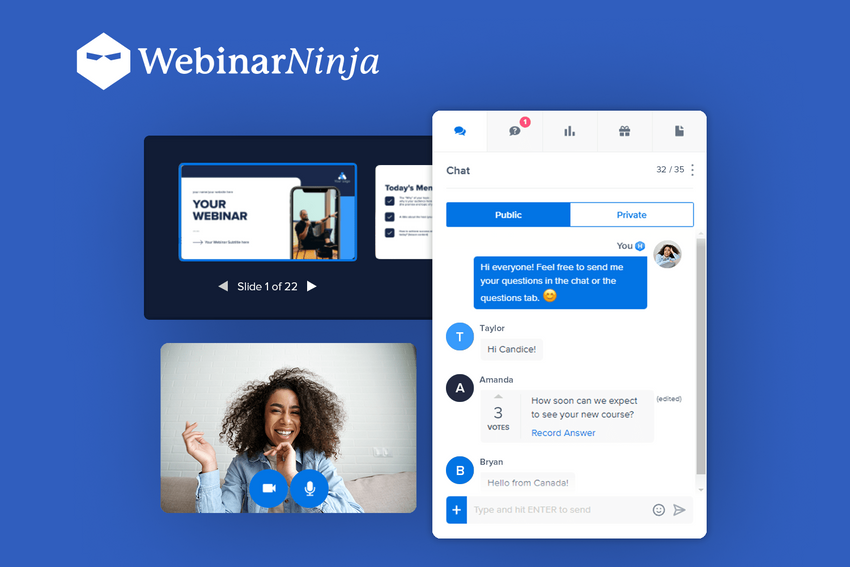Backend Battle 2025: Top Backend Frameworks for Speed, Scalability, and Power
Explore the top backend frameworks of 2025, comparing their pros, cons, and use cases to help you choose the best tech stack for building fast, scalable, and secure applications.
The backend world in 2025 is anything but boring. With AI-driven apps, real-time performance demands, and ever-higher scalability expectations, developers are pushing server-side technologies to the limit. Gone are the days when picking a backend framework was just about routing and database queries — today it’s about choosing an ecosystem that can fuel growth, scale effortlessly, and evolve with your product.
From battle-tested classics to new-age powerhouses, we’re breaking down the best backend frameworks in 2025 that are shaping the future of web, mobile, and cloud-native apps.
Whether you're building the next unicorn startup or scaling an enterprise beast, this list has what you need.
Let’s dive in.
Key Takeaways: the Best Backend Frameworks in 2025
✅ Backend frameworks are mission-critical in 2025 — speed, scalability, and security all start here.
✅ Top frameworks this year include: Django, Spring Boot, Laravel, ASP.NET, Ruby on Rails, Express.js, Flask, NestJS, Koa.js, and Phoenix.
✅ Frameworks offer massive benefits: faster development, better architecture, easy integrations, and long-term maintainability.
✅ There’s no “one-size-fits-all”— the right framework depends on your goals, team, and tech stack.
✅ Choose your framework based on scalability, performance, ease of use, ecosystem, and cost.
✅ Fively’s expert engineers can help you pick, plan, and build with the perfect backend for your project.
What Are Backend Frameworks?
Before we dive into the heavy hitters of 2025, let’s clear one thing up: what exactly is a backend framework — and why should you care?
A backend framework is a foundation of pre-written code, libraries, and tools that helps developers build the server-side of web and mobile applications. This includes everything users don’t see but absolutely rely on — databases, APIs, server logic, authentication, security, and performance.
Think of it like this: if your app was a luxury car, the backend framework is the engine and transmission—you can’t see it, but it’s what makes the whole machine go from 0 to 100, handle curves like a beast, and keep things running smooth under pressure.
Key Functions of a Backend Framework:
- Handle HTTP requests and routing
- Manage databases and data models
- Implement user authentication & authorization
- Ensure application security
- Support real-time communication (e.g., WebSockets)
- Enable scalability and maintainability for growing apps
Technically speaking, a backend framework is a structured set of components written in a specific programming language (e.g., JavaScript, Python, Java, Go, Rust) that provides:
- A routing system to handle HTTP requests and map them to functions or controllers.
- Middleware layers to process data, handle errors, manage sessions, or validate requests.
- ORMs (Object-Relational Mappers) or database connectors for interacting with SQL/NoSQL databases.
- Abstractions and utilities for building RESTful APIs, GraphQL endpoints, or real-time communication using WebSockets.
- Security modules to handle authentication, authorization, input sanitization, rate limiting, etc.
- Dependency injection, modularization, and configuration management for maintainable, testable, scalable architecture.
In 2025, users expect blazing speed, real-time updates, AI-backed logic, bulletproof security, and instant scalability. That means developers need frameworks that are:
- Robust and high-performance
- Easy to integrate with modern tools and cloud services
- Built with security in mind
- Ready for microservices, serverless, and edge computing
Most modern backend frameworks also support asynchronous operations, containerization (Docker), and integration with CI/CD pipelines, making them suitable for cloud-native and microservice-oriented architectures.
Types of Backend Frameworks: Know Your Arsenal
Not all popular backend frameworks are built the same — they come in different architectural styles, programming languages, and levels of abstraction, each designed to solve specific types of problems. In 2025, understanding the types of backend frameworks is key to choosing the right one for your project.
Let’s break them down:
1. MVC (Model-View-Controller) Frameworks
These frameworks follow the MVC design pattern, which separates data (Model), business logic (Controller), and the user interface (View). This structure promotes organized codebases, easier testing, and clear separation of concerns.
Great for:
- Web apps with structured, repeatable logic
- Teams looking for clean architecture and easy collaboration
Popular Examples: Laravel (PHP), Spring Boot (Java), Ruby on Rails (Ruby), ASP.NET Core (C#).
2. Microservices-Oriented Frameworks
These frameworks are built to support modular applications, where each component or service runs independently and communicates over APIs (often REST or gRPC). They’re scalable, flexible, and designed for cloud-native development.
Great for:
- Enterprises needing to scale specific services independently
- SaaS platforms, fintech, or marketplaces with many moving parts
Popular Examples: NestJS (JavaScript/TypeScript), Micronaut (Java/Kotlin), FastAPI (Python), Go Micro (Go).
3. Serverless-First Frameworks
Built for the serverless architecture trend, these frameworks abstract away the infrastructure layer. You write functions that execute on demand and scale automatically—great for cost efficiency and simplified deployment.
Great for:
- Startups and agile teams building MVPs
- Event-driven architectures and API-first services
Popular Examples: Serverless Framework (multi-language), SST (for AWS Lambda), Netlify Functions (JavaScript/Go), Firebase Functions (JavaScript).
4. Asynchronous Frameworks
These frameworks are designed to handle non-blocking, I/O-bound tasks efficiently—like websockets, live data feeds, or real-time APIs. They’re often used in performance-critical apps like streaming services, chats, or trading platforms.
Great for:
- Real-time applications
- Apps with high-concurrency and low-latency requirements
Popular Examples: Node.js with Express/Koa, FastAPI (Python, async native), Actix (Rust), Elixir Phoenix (built on the BEAM VM).
5. Full-Stack Backend Frameworks
These frameworks come packed with everything you need out of the box—routing, templating, ORM, authentication, etc. They’re opinionated, but perfect for getting a full-featured app running fast.
Great for:
- Developers who want batteries included
- Fast MVPs with a strong foundation
Popular Examples: Django (Python), Ruby on Rails (Ruby), AdonisJS (Node.js), Spring Boot (Java).
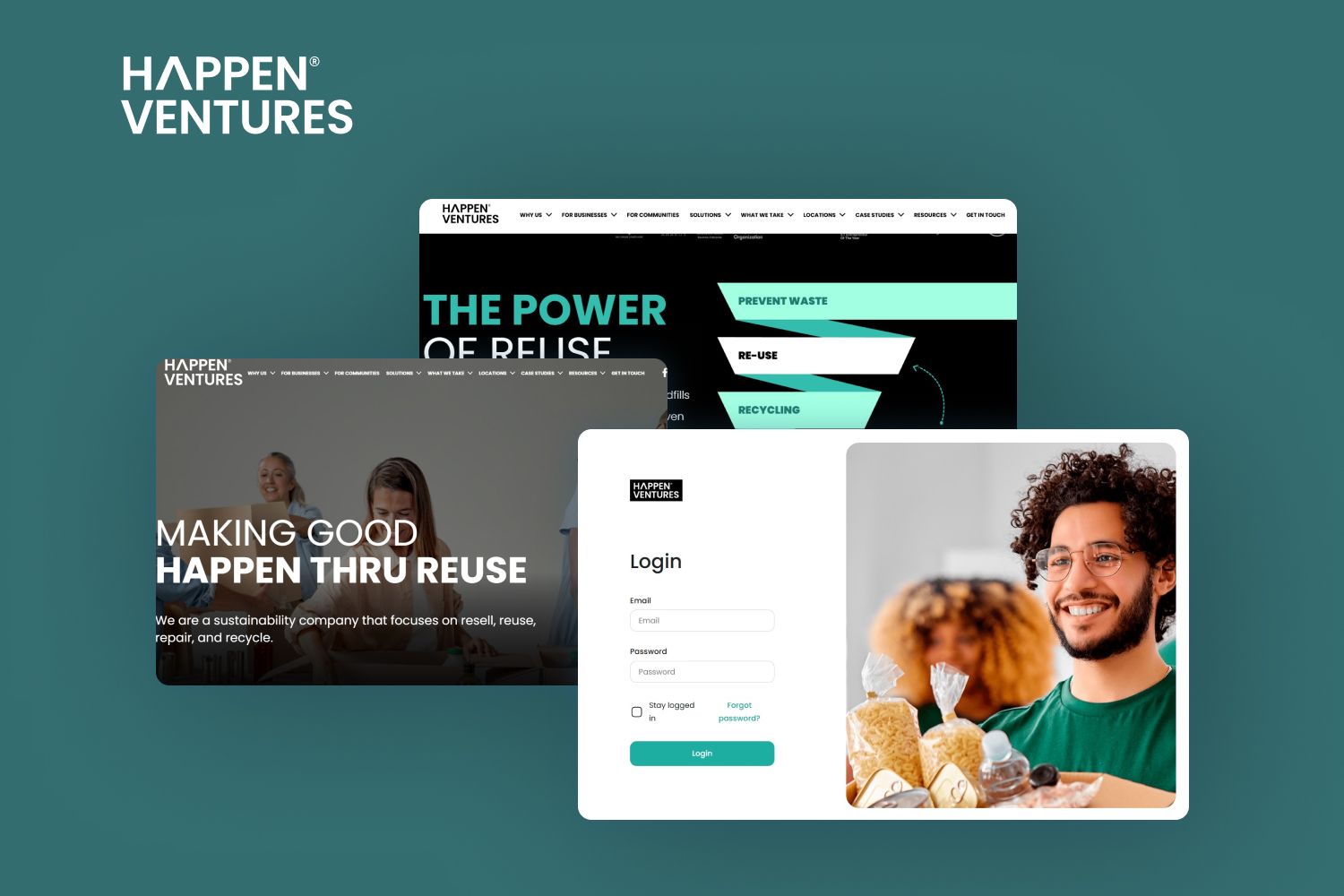
The right backend framework gives you the power, speed, and flexibility to build apps that win. Whether you’re building a massive enterprise platform, a lightning-fast microservice, or a lean MVP, your choice of framework can make or break the experience. And in the next section, we’ll show you which ones are leading the pack in 2025.
Top 10 Backend Frameworks in 2025
Now, let’s have a closer look at the top backend frameworks that are popular now, highlighting their pros and cons:
Django (Python)
A high-level Python framework that emphasizes rapid development and clean, pragmatic design. Comes with everything you need right out of the box.
Pros:
✅ Fully loaded (ORM, admin panel, authentication, etc.)
✅ Secure by default
✅ Great documentation and community
✅ Scales well for enterprise-grade apps
Cons:
❌ Monolithic — less flexible for microservices
❌ Can be overkill for simple apps
Examples: Instagram, Pinterest, Disqus
Spring Boot (Java)
A powerful, enterprise-ready framework built on the Spring ecosystem, focused on creating microservices and production-ready Java apps with minimal boilerplate.
Pros:
✅ Battle-tested and enterprise-grade
✅ Built-in support for microservices and cloud apps
✅ Huge ecosystem and tooling support
✅ Robust security and performance
Cons:
❌ Verbose syntax
❌ Steep learning curve for beginners
Examples: Netflix, Amazon, Google Cloud
Laravel (PHP)
The most elegant PHP framework in the game—Laravel brings beautiful syntax, built-in features, and a thriving ecosystem for full-stack development.
Pros:
✅ Clean syntax and developer-friendly
✅ Built-in tools for auth, queues, mail, etc.
✅ Great ecosystem (Laravel Forge, Vapor, Nova)
✅ Active community
Cons:
❌ Not ideal for high-concurrency apps
❌ PHP still carries some stigma
Examples: 9GAG, Pfizer, BBC
ASP.NET Core (C#)
Microsoft’s open-source, cross-platform framework, perfect for building high-performance APIs, cloud apps, and enterprise platforms.
Pros:
✅ Extremely fast and scalable
✅ Excellent IDE support via Visual Studio
✅ Great for Windows-based environments
✅ Strong security and tooling
Cons:
❌ Heavily tied to Microsoft ecosystem
❌ Smaller talent pool compared to JS or Python
Examples: Stack Overflow, GoDaddy, Dell
Ruby on Rails (Ruby)
The OG “developer happiness” framework. Rails is a full-stack MVC framework designed for rapid development with convention over configuration.
Pros:
✅ Quick to build MVPs
✅ Large number of built-in tools
✅ Clean code and great developer experience
✅ Thriving ecosystem
Cons:
❌ Slower runtime than newer options
❌ Not ideal for real-time or highly concurrent apps
Examples: Shopify, GitHub, Airbnb
Express.js (Node.js)
A minimalist and fast Node.js framework for building APIs and backend services. It’s lightweight and great for both beginners and pros.
Pros:
✅ Simple and unopinionated
✅ Massive Node.js ecosystem
✅ Great for REST APIs and microservices
✅ Easy to learn and flexible
Cons:
❌ Requires more boilerplate for large projects
❌ Lacks structure out-of-the-box
Examples: Uber, PayPal, MySpace
Flask (Python)
A lightweight and modular Python micro-framework. Flask gives you the basics and lets you build exactly what you need—no more, no less.
Pros:
✅ Lightweight and flexible
✅ Perfect for microservices and small APIs
✅ Easy to learn
✅ Great for prototyping
Cons:
❌ Limited built-in functionality
❌ Requires extensions for most advanced features
Examples: Reddit (API), Lyft (early APIs), Netflix (internal tools)
Source: Wikimedia Commons
Nest.js (TypeScript/Node.js)
A progressive Node.js framework built with TypeScript. Inspired by Angular, it brings structure, modularity, and scalability to server-side JavaScript.
Pros:
✅ TypeScript-first
✅ Scalable architecture for enterprise apps
✅ Built-in support for microservices and GraphQL
✅ Excellent documentation
Cons:
❌ Heavier learning curve for newcomers to TypeScript
❌ Slightly opinionated structure
Examples: Adidas, Autodesk, Trilon
Koa.js (Node.js)
Developed by the creators of Express, Koa is a modern, minimalist Node.js framework designed to build APIs with async-first and middleware-first philosophy.
Pros:
✅ Lean and modern architecture
✅ Middleware-powered
✅ Cleaner async/await flow
✅ Ideal for lightweight APIs
Cons:
❌ Less plug-and-play than Express
❌ Smaller community and ecosystem
Examples: GSR, Paralect, Marketplacer
Phoenix (Elixir)
Built on top of Elixir and the Erlang VM, Phoenix is designed for high-concurrency and real-time apps. Think chat apps, fintech, and live dashboards
Pros:
✅ Insanely fast and scalable
✅ Excellent for real-time features (thanks to BEAM)
✅ Low-latency WebSocket support
✅ Great developer tooling
Cons:
❌ Smaller talent pool
❌ Not widely adopted in traditional enterprise environments
Examples: Discord clones, financial trading platforms, Bleacher Report (chat).
Choosing the Right Backend Framework: What Really Matters in 2025
With so many powerful and popular backend frameworks on the table, how do you know which one’s the right fit for your project? Spoiler: it’s not just about speed or hype — it’s about matching the tech to your goals, team, and product vision.
Here are the key factors to consider when picking your backend weapon of choice:
Scalability
Your app may start small, but if things go right, it won’t stay that way. You need a framework that can handle millions of users, heavy data loads, and multiple services without crumbling.
Look for:
- Microservice support
- Load balancing capabilities
- Modular architecture (e.g., NestJS, Spring Boot, Phoenix)
It’s especially important if you're building a SaaS product, marketplace, or any app with massive growth potential.
Speed and Performance
Users don’t wait around. A slow backend = lost conversions. If your product demands real-time updates, instant responses, or low-latency APIs, performance is everything. It’s crucial for real-time dashboards, streaming services, fintech apps, or IoT platforms.
Look for:
- Asynchronous handling (e.g., Node.js, FastAPI, Phoenix)
- Lightweight runtime
- Minimal overhead and efficient memory usage
Compatibility
Your backend doesn’t live in a vacuum. It needs to play nice with databases, frontends, APIs, third-party tools, and whatever tech your team already uses.
Look for:
- Language and platform flexibility
- Database support (SQL/NoSQL)
- Easy integration with modern frontends and cloud infrastructure
Ease of Use
Developer time is expensive. If your team can’t work fast and comfortably with the framework, you’re wasting money. Clean syntax, good documentation, and helpful tooling = faster builds, fewer bugs.
Look for:
- Great DX (developer experience)
- Well-structured architecture
- Learning resources and templates
Community Support
Strong communities = faster problem-solving, more plugins, better tools, and long-term reliability. Nobody wants to be stuck in Stack Overflow purgatory.
Look for:
- Actively maintained GitHub repos
- Rich plugin ecosystems
- Frequent releases and solid documentation
Security
Data breaches = lawsuits, lost users, and a PR nightmare. Your backend needs baked-in tools for authentication, input validation, encryption, and secure session handling.
Look for:
- OWASP compliance
- Secure defaults (e.g., Django, ASP.NET, Laravel)
- Role-based access and token handling
Cost
Some frameworks are open-source and cost-effective, others require licensing, cloud infrastructure, or advanced developer salaries. Choose what fits your budget without sacrificing performance.
Look for:
- Open-source vs. enterprise solutions
- Hosting and maintenance costs
- Availability of affordable dev talent

There’s no “best framework for everything” — but there is a perfect framework for your goals. Think long-term, evaluate your team’s strengths, and choose the tech that empowers your product to grow, evolve, and dominate.
Conclusion: Backend Frameworks Are the Backbone of Modern Web Development
In the fast-moving world of 2025, where users expect instant speed, flawless performance, and real-time everything, your backend isn’t just a behind-the-scenes component—it’s the core engine powering your product’s success.
From Django’s reliability, to NestJS’s modern flexibility, to Phoenix’s real-time firepower, today’s frameworks are more than tech — they’re your strategic advantage. Whether you're building a lean MVP, a global SaaS platform, or a hyper-scalable API-first product, the right framework gives you:
- Speed to ship fast
- Power to scale hard
- Structure to build cleanly
- Security to protect your users
At Fively, we’ve help both startups and enterprises build high-performance backends using the most powerful tools on the market. If you're ready to launch faster, scale smarter, and build something that lasts — we’re the team to make it happen. Let’s fly!
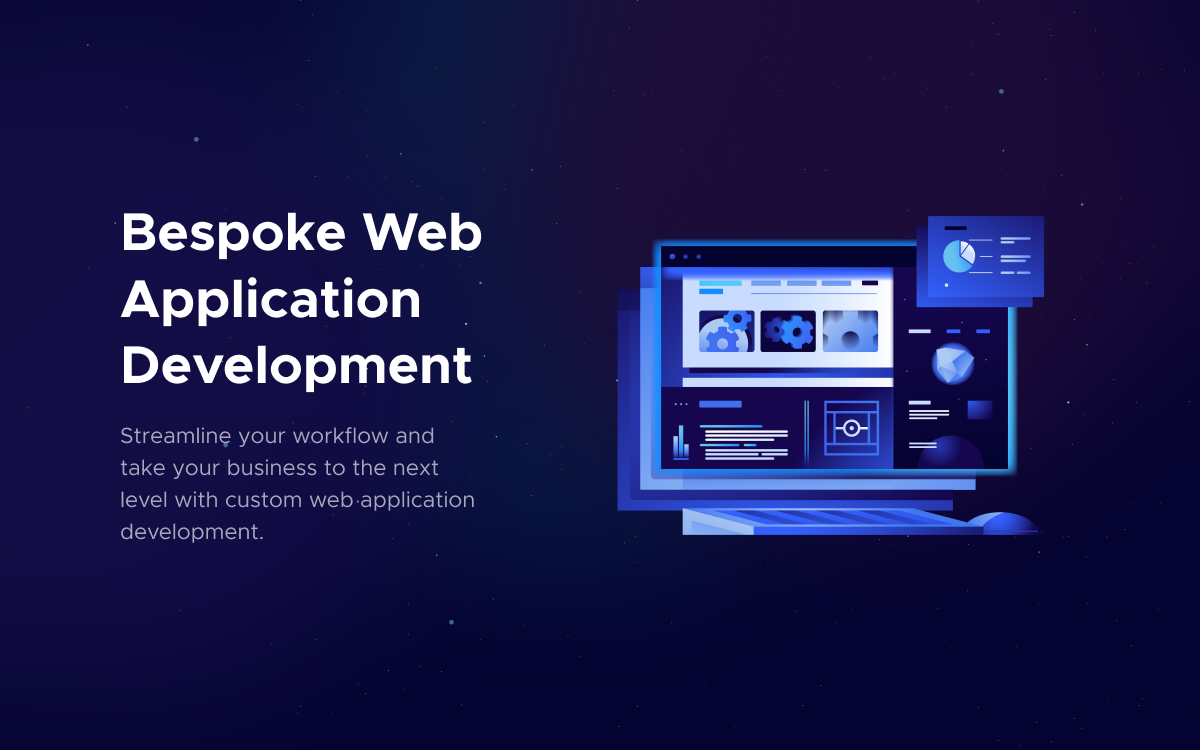
Need Help With A Project?
Drop us a line, let’s arrange a discussion




